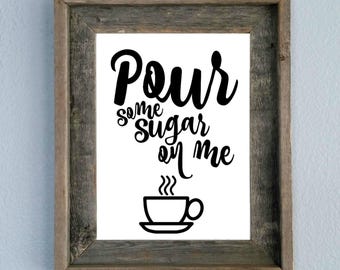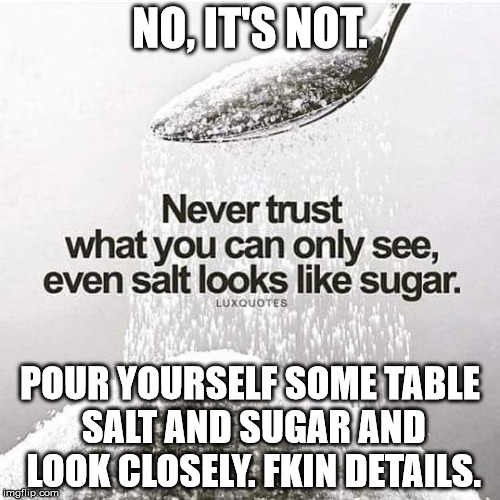

For extra clarity, use the nutritional information panel on the back of the pack.Food labels list the ingredients in descending order, so in general the higher sugar appears in the list, the more that product contains.

To know whether a product or ingredient is high in sugars, read the label and use the quantities above as a guide. The following are all sugars: agave nectar, corn sweetener, dextrose, honey, corn syrup, sucrose, fructose, glucose and molasses. Sugar is not always labelled as plain sugar, so it can be tricky to spot. Check the ingredients list on the food label to see how much sugar it contains. It’s not only found in the foods you’d expect – such as cakes, fizzy drinks and desserts – but is often hidden in foods like ketchup, bread and cereal. Sugar is added to all sorts of foods to make them taste sweet or to preserve flavour. Fruit and vegetable juices, smoothies and purées contain nutrients, and so still contribute to our 5-a-day, but because they also contribute to free-sugar intake, the recommended daily amount is no more than 150ml.

Although there are some very slight nutritional differences between different sugars, they still all contribute to free-sugar intake, and should be consumed in small amounts. Some people believe the nutritional value of honey, and syrups such as agave, is superior to white and brown sugar, which is extracted from plants called sugar cane and sugar beet. ‘Free’ sugar is the type of sugar that it’s recommended we consume less of, and includes the sugar that is added to food and drink, plus sugar found in fruit juice, honey and syrups. These types of sugars are not harmful to our health and are not the types of sugar we need to be worried about. Naturally occurring sugars are found in whole fruits, veg and dairy products.


 0 kommentar(er)
0 kommentar(er)
